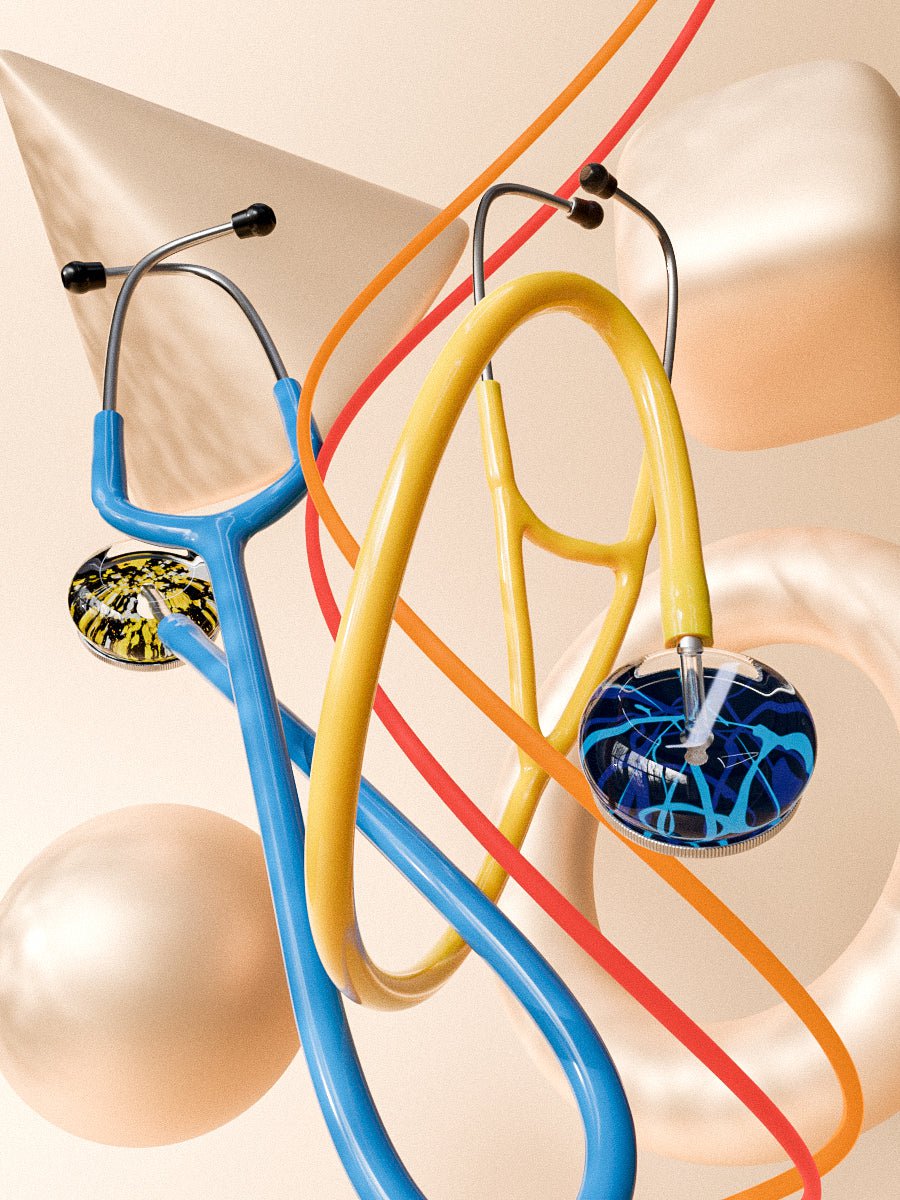Marine practice is a relatively new sub-specialization in the veterinary field. Marine veterinarians are practitioners specializing in the care of marine animals. They deal with all sorts of aquatic species, including fish, dolphins, whales, sea turtles, sea lions, octopuses, jellyfish, and marine animals.
Aquatic veterinarians can have very different work environments. Some work in zoos, aquariums, or marine parks. Other marine veterinarians work in museums, and some are even sent to work on ships out in the ocean. Private practice is not as common for marine veterinarians due to the nature and natural habitat of their patients. The water is a peculiar challenge for those in aquatic practice. Some aquatic veterinarians even obtain diving certifications so they can really get up close with their patients.
Best Stethoscope For Marine Veterinarians
For marine veterinarians, we recommend the Ultrascope Duo Stethoscope or the Ultrascope Extended Stethoscope.
If you work at a zoo or marine park, perhaps, you will have to treat animals of all different sizes. This calls for a versatile stethoscope like the Duo Stethoscope. You can use the Pediatric head for smaller aquatic creatures, and the Adult head for larger animals like dolphins and sea lions.
If you’re out at sea, the temperatures can drop and the water can become quite cold quickly. The Ultrascope Extended Stethoscope was built to withstand use even in sub-zero temperatures, making this the ideal stethoscope for marine practice. The tubing extension is also be very useful for assessing large sea creatures in the water.
The Duo Stethoscope and Extended Stethoscope both come in sea turtle, beach, and goldfish designs.
If you don’t need the extra features of the Duo Stethoscope or Extended Stethoscope, the Single Stethoscope is always a sound choice and comes in sailboat, orca whale, and dolphin designs.
You can show off your love for the ocean and its creatures on your stethoscope’s chestpiece.

